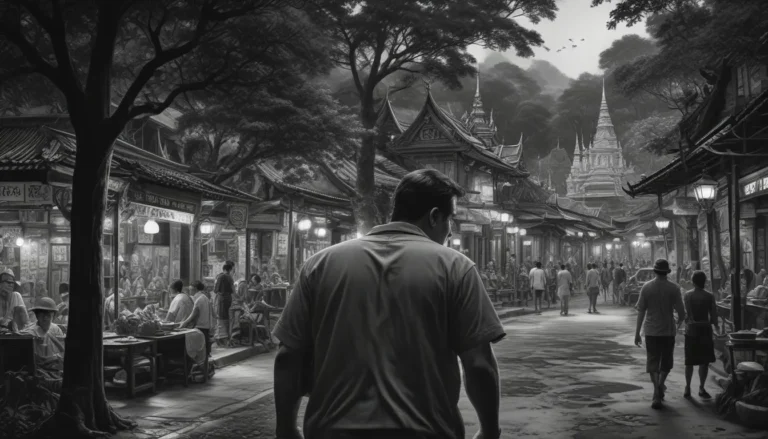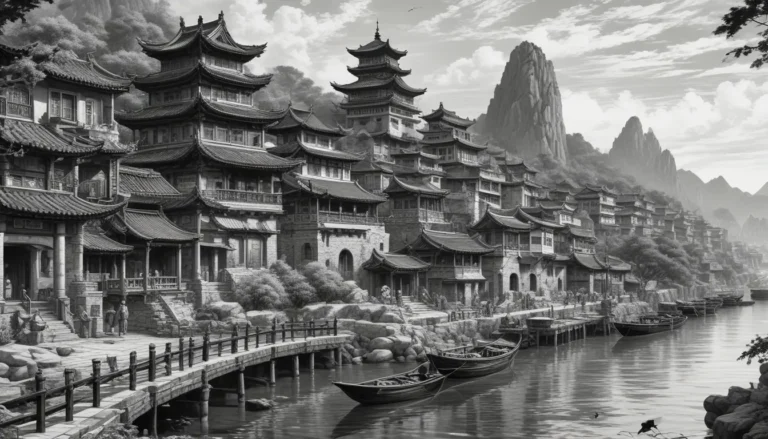The images in our articles are for illustrative purposes only and may not exactly match the content. They are intended to capture your interest and complement the text, not to replace it.
Welcome to a captivating exploration of Fukushima, a city in Japan that has captured the world’s attention due to the 2011 nuclear disaster at the Fukushima Daiichi Nuclear Power Plant. Beyond the tragedy lies a resilient city with a rich history, scenic beauty, and a vibrant community. In this article, we will delve into various aspects of Fukushima, from its cultural heritage to ongoing recovery efforts. Whether you’re a history enthusiast, nature lover, or simply curious about this remarkable city, these 41 facts will provide you with a deeper understanding of Fukushima’s past, present, and future. Join us on an enlightening journey through the captivating world of Fukushima!
Fukushima: A City with a Complex Past and Promising Future
- Fukushima Daiichi Nuclear Power Plant: Located in the Fukushima Prefecture on Honshu Island, it stands as one of the largest nuclear power plants globally.
- The Disaster: On March 11, 2011, a powerful earthquake and tsunami damaged the plant, resulting in a monumental nuclear accident.
- International Impact: The Fukushima disaster released radioactive materials into the atmosphere and ocean, marking it as a significant nuclear incident since Chernobyl in 1986.
- Nuclear Safety: Classified as a level 7 event on the International Nuclear Event Scale, the cleanup and decommissioning process at Fukushima Daiichi poses long-term challenges and implications for nuclear energy safety globally.
Fukushima Beyond the Headlines: Culture, Nature, and Resilience
- Evacuation and Its Aftermath: The disaster led to the displacement of thousands, sparking debates and reevaluations of nuclear policies worldwide.
- Environmental Concerns: Contaminated water and food chain issues have been major focuses of ongoing efforts to mitigate environmental impacts.
- Landscape and Heritage: Fukushima Prefecture boasts picturesque landscapes, historic temples, and hot springs, offering a blend of nature and culture.
- Economic Repercussions: The disaster had a significant economic impact on Japan, leading to rebuilding efforts and a shift away from nuclear energy.
Moving Forward: Lessons Learned and Ongoing Recovery
- Safety Measures: The Fukushima accident prompted enhanced safety standards, emergency response training, and stricter regulations for nuclear power plants globally.
- Public Health: Efforts are underway to monitor and mitigate the long-term health effects of radiation exposure on affected individuals.
- Renewable Energy: The disaster spurred research into renewable energy sources as alternatives to nuclear power, with a focus on solar and wind energy.
- Psychological Impacts: The disaster’s emotional toll on residents emphasized the need for mental health support services and counseling.
Fukushima Today: Resilience in the Face of Adversity
- Ongoing Efforts: The cleanup and decommissioning process at Fukushima Daiichi remains a long-term endeavor, reflecting the city’s resilience and determination.
- Educational Impact: Relocated schools and institutions strive to provide a safe and conducive learning environment for affected students.
- Global Impact: The Fukushima disaster prompted a global debate on the future of nuclear energy, emphasizing the importance of international cooperation in managing nuclear emergencies.
Embracing Fukushima’s Story: A Journey of Discovery
Fukushima’s narrative extends beyond the nuclear disaster, inviting exploration of its coastal landscapes, historic sites, and vibrant communities. Each destination within Fukushima holds unique tales of resilience, culture, and nature, waiting to be unearthed.
Conclusion: Promoting Accurate Knowledge and Understanding
In conclusion, Fukushima stands as a poignant reminder of the risks and challenges associated with nuclear power. By delving into the facts surrounding Fukushima, we gain a deeper appreciation of the event and its aftermath. It is imperative to remain informed to dispel myths and misconceptions, promoting accurate knowledge and understanding.
FAQs: Exploring Fukushima Further
- What happened at Fukushima? A massive earthquake and tsunami led to a nuclear accident at the Fukushima Daiichi plant on March 11, 2011.
- Is it safe to visit Fukushima now? While progress has been made in decontaminating the region, certain areas still have restrictions, so it’s advisable to follow official guidelines.
- How is the situation at Fukushima being handled now? The decommissioning process is ongoing, with efforts to stabilize reactors and reduce radioactive releases.
- What are the lessons learned from Fukushima? The disaster underscored the importance of safety measures, emergency preparedness, and effective communication in the nuclear industry.
Fukushima’s story continues to evolve, showcasing the resilience, cultural richness, and natural beauty that define this remarkable city. Join us in exploring Fukushima’s captivating world and uncovering its many hidden gems.
Thank you for joining us on this enlightening journey through Fukushima’s past, present, and future. As we continue to unravel the city’s complexities and resilient spirit, let’s embrace Fukushima’s narrative with curiosity, compassion, and a commitment to promoting accurate knowledge and understanding. Together, let’s celebrate Fukushima’s enduring legacy and the remarkable stories it holds.






